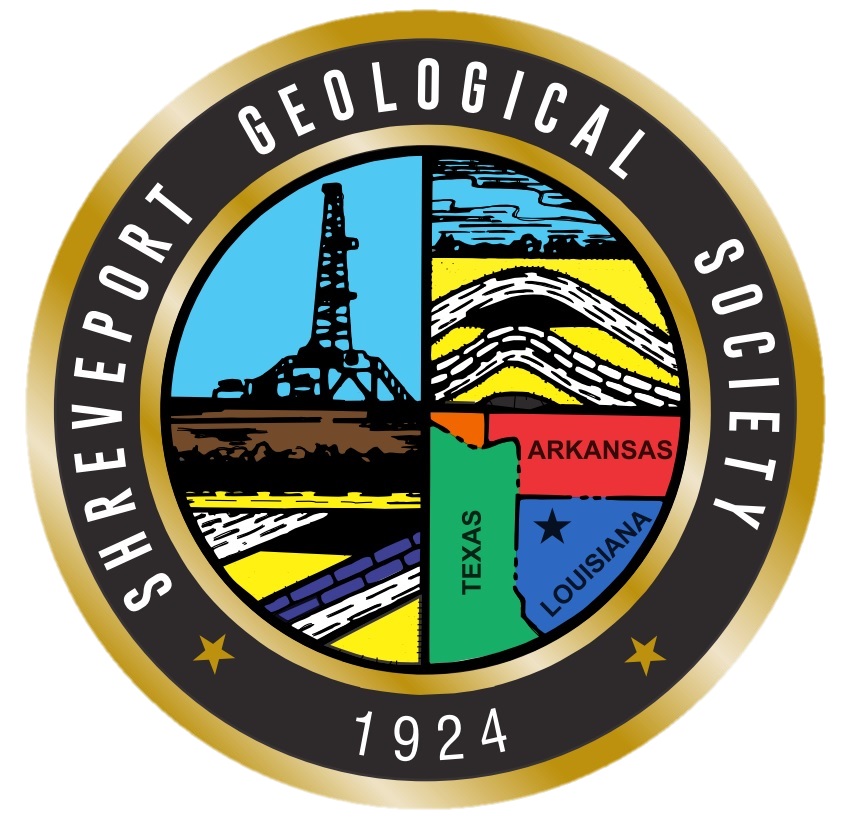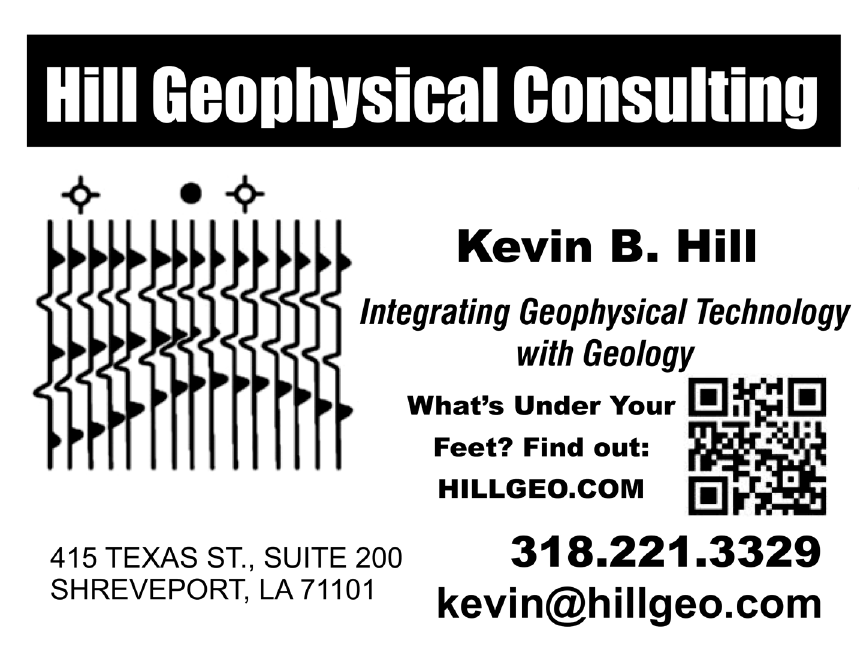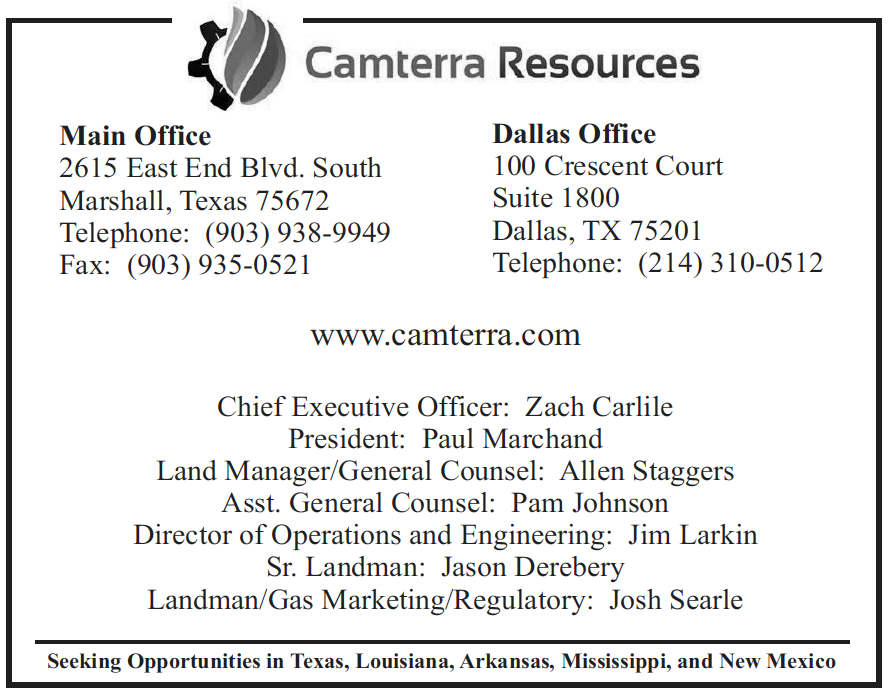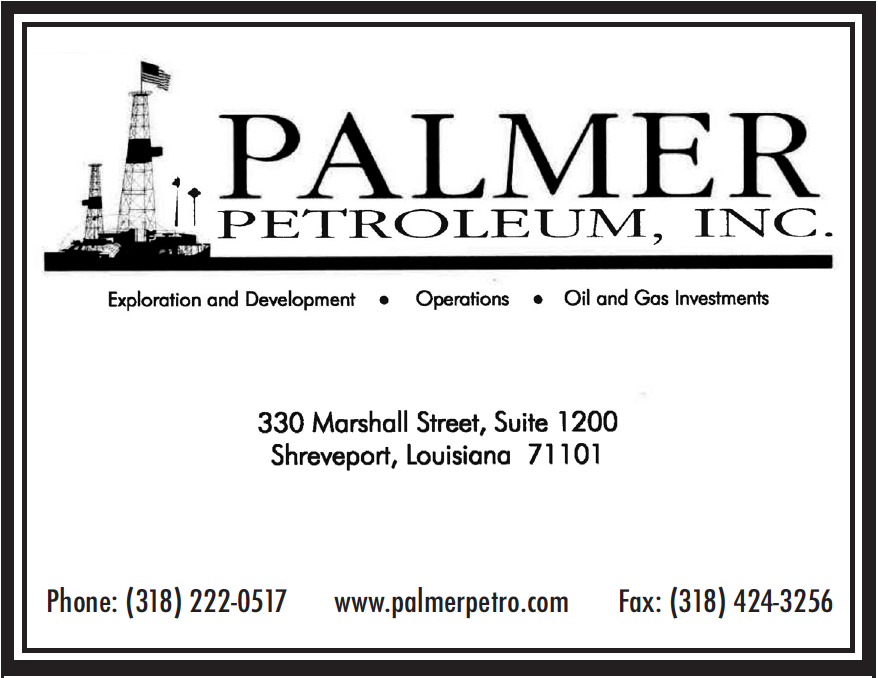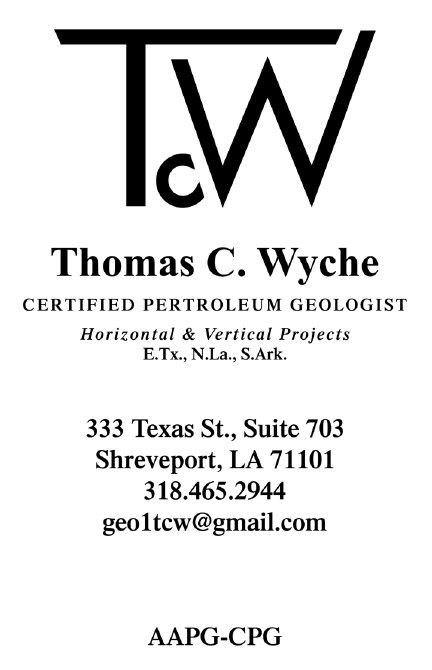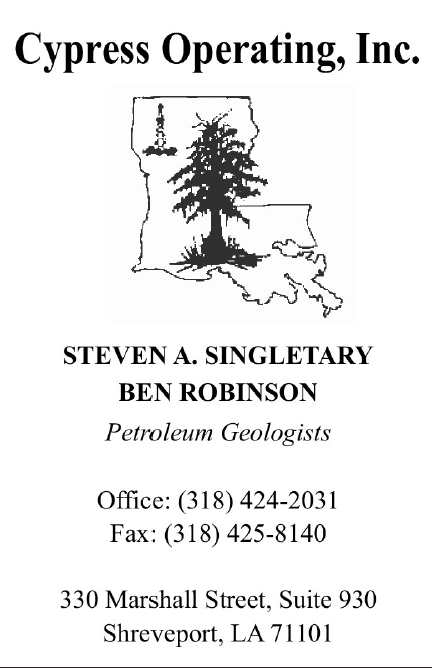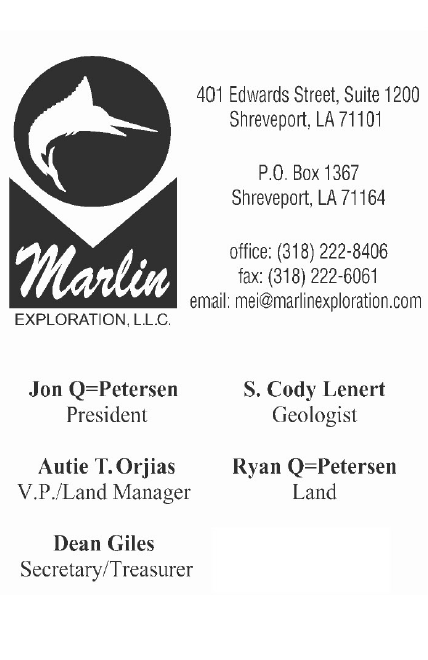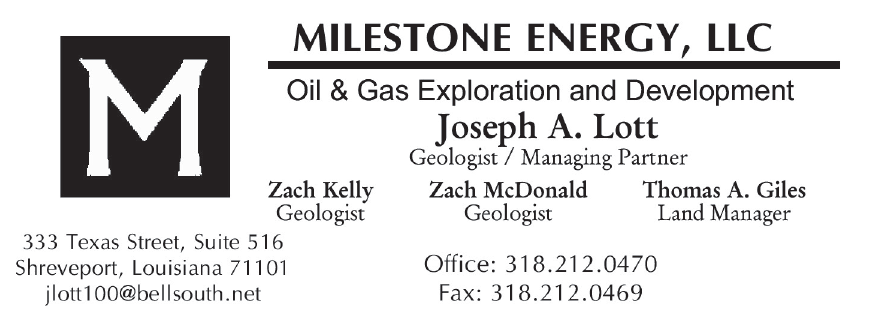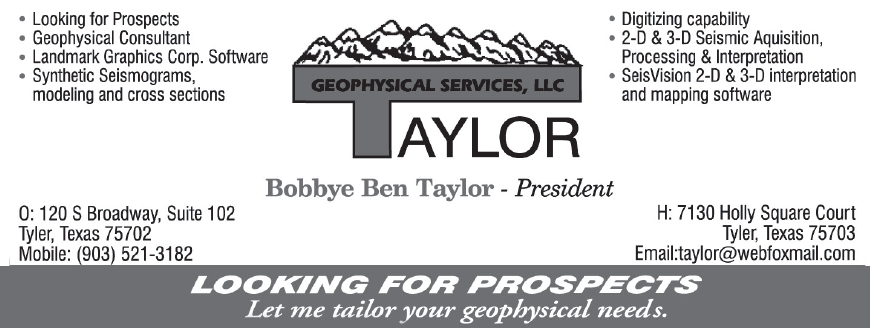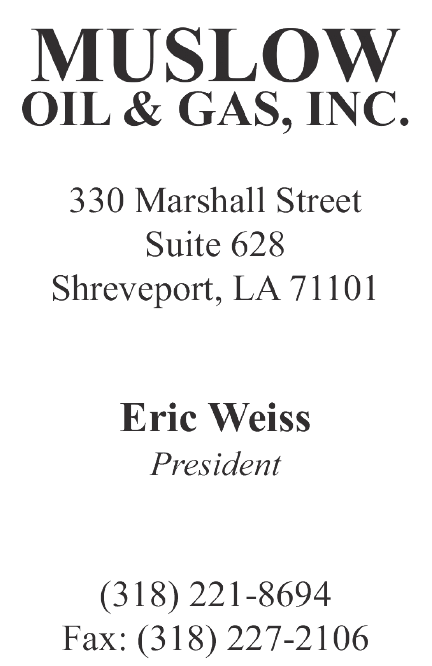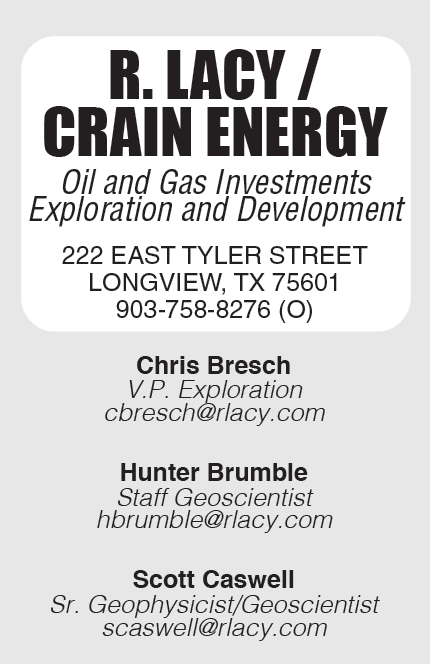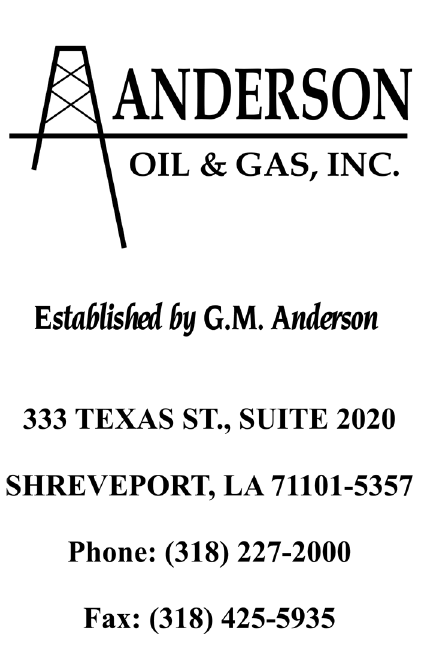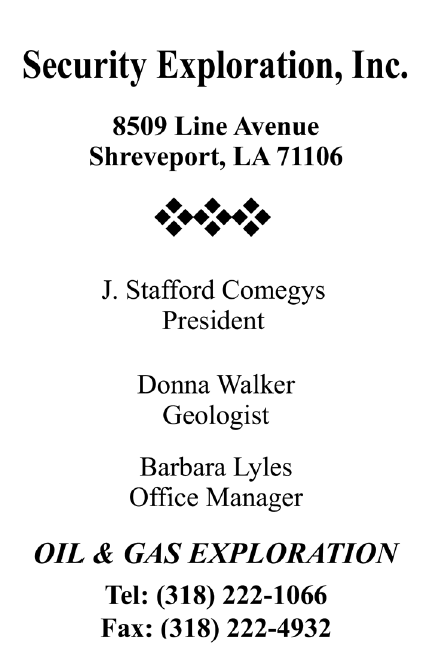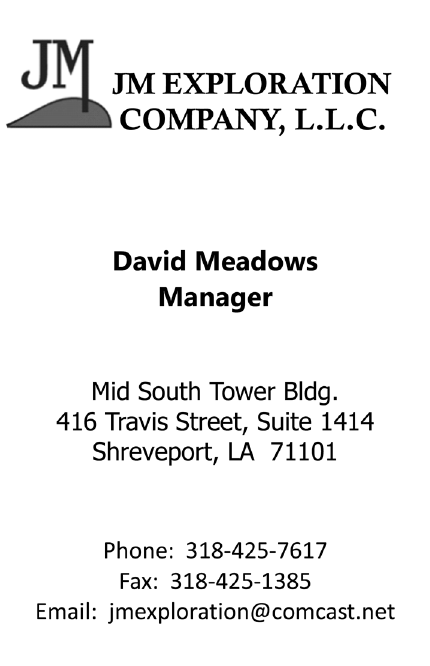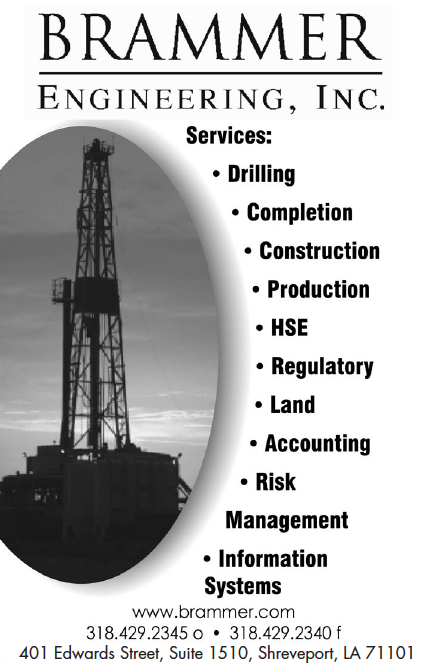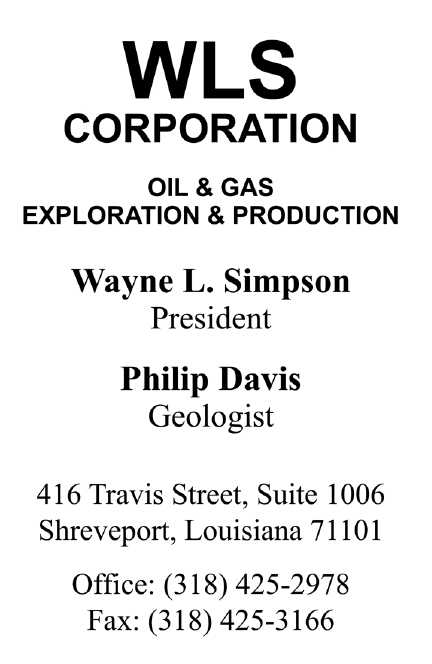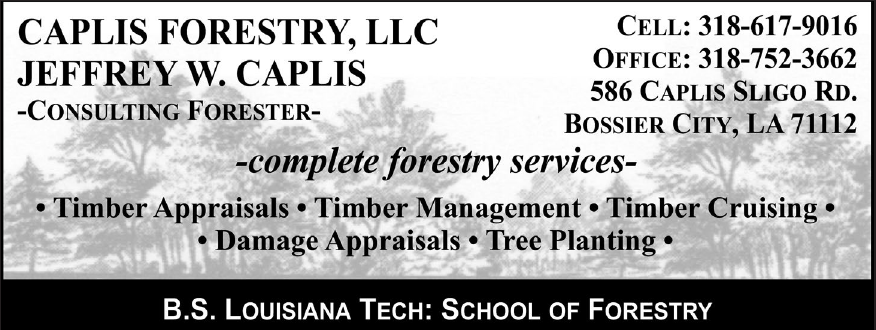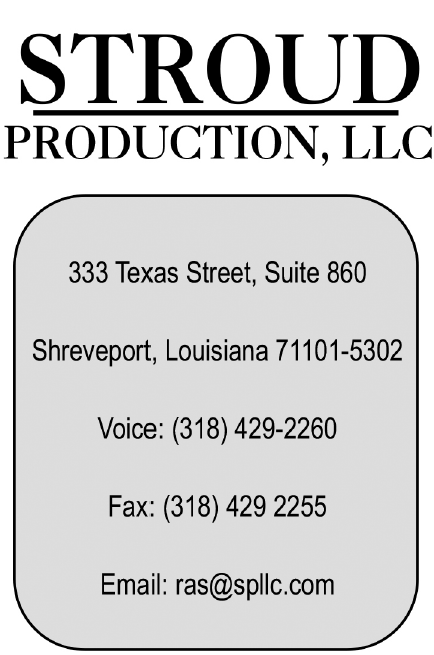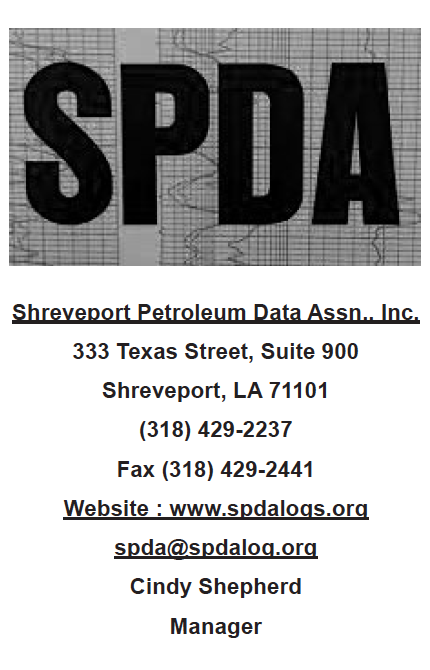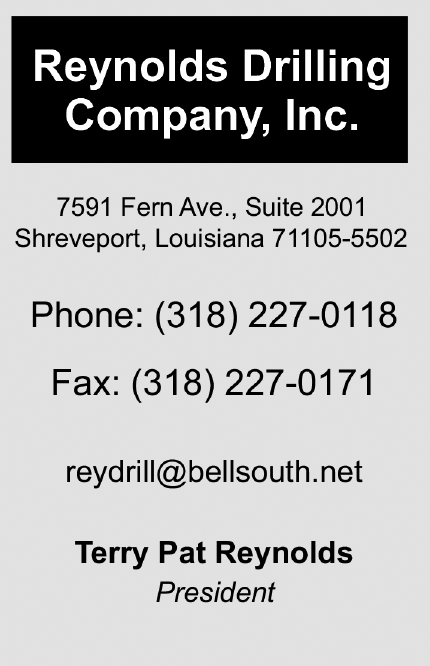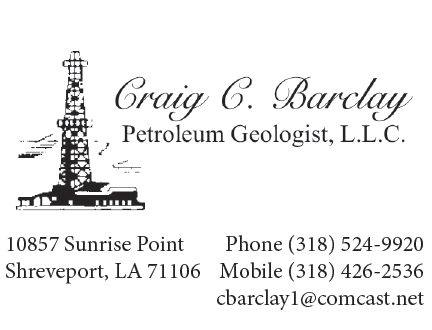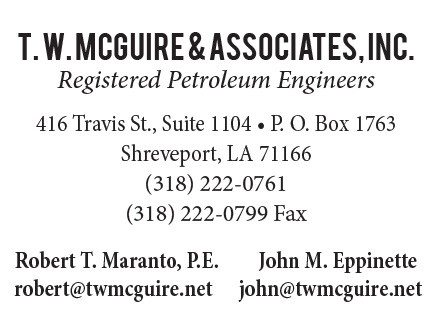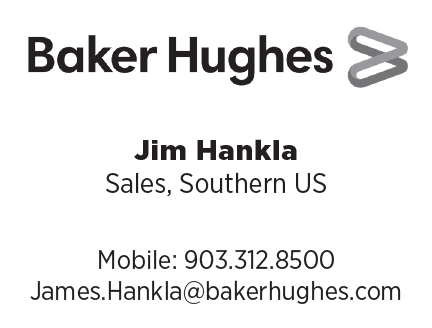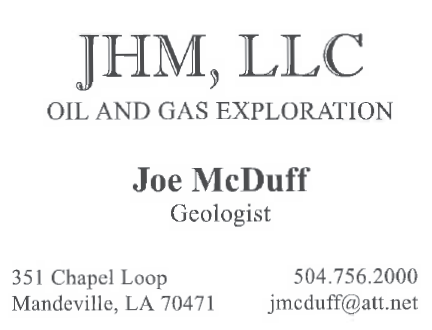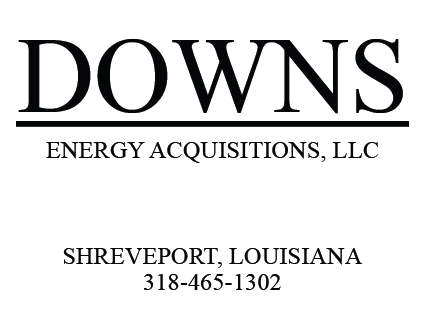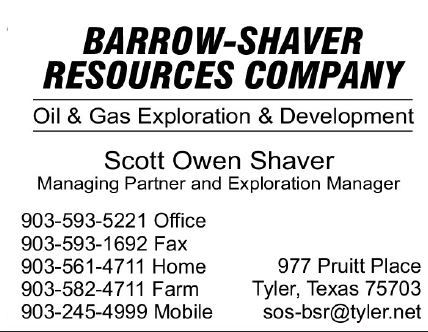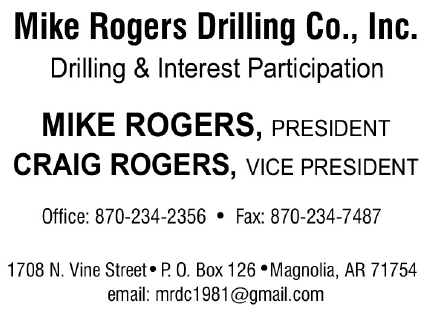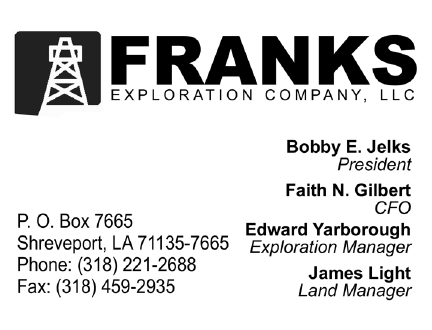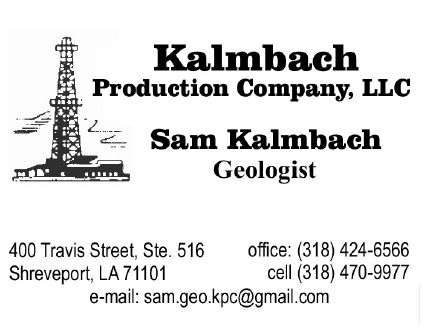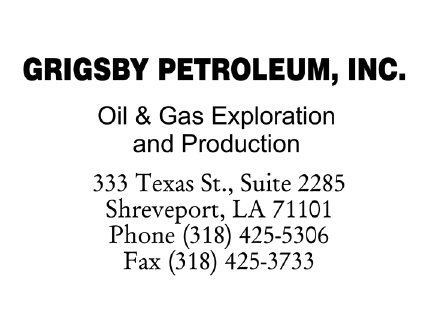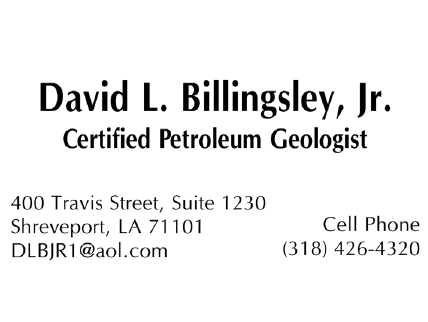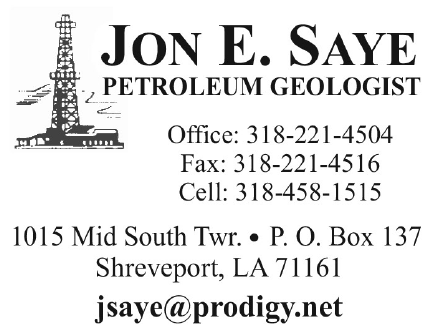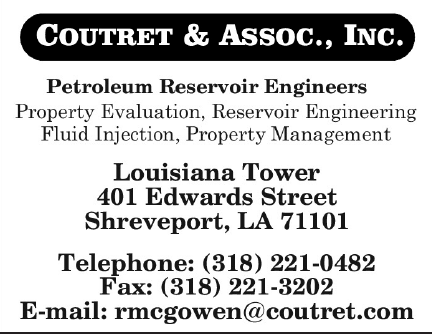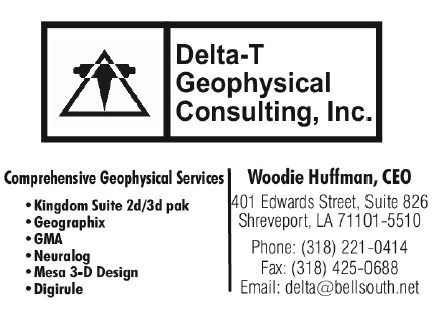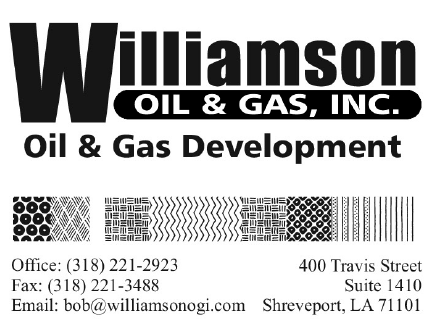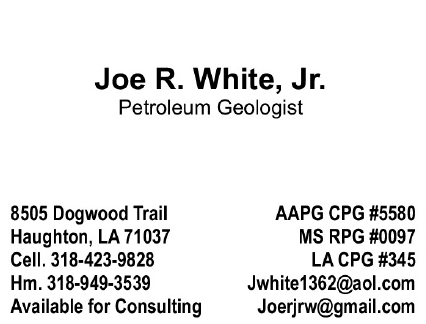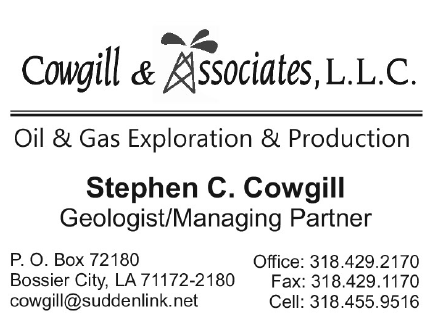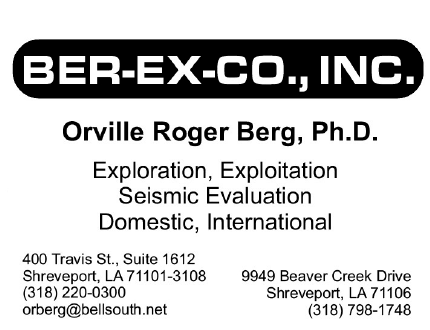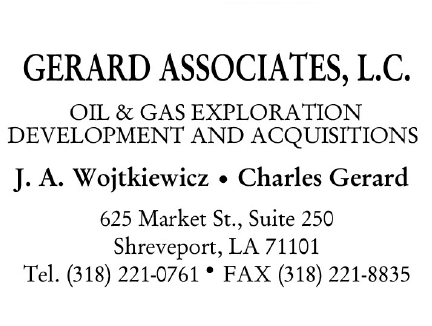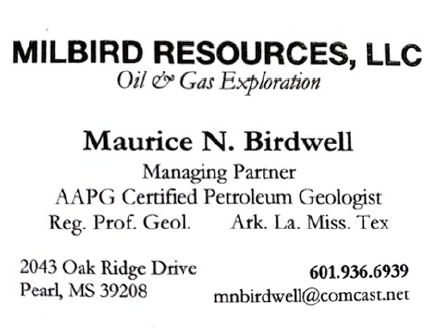The Petroleum Club of Shreveport, 15th floor
Cost: $20, Children 10 and under $8
We encourage members to invite guests, spouses, and friends to any of our meetings.
Also at the May meeting, the SGS will welcome this year's Science Fair Winners, New Honorary Members, and New Board Members.
If you’d like a seat, kindly use the form below to make your reservation by the preceding Friday.
You may also RSVP by email or phone to Scott Comegys at scomegys@obrienenergyco.com or 318-841-2702.
Biography
G. R. "Randy" Keller
Randy Keller is a Professor Emeritus in the School of Geology and Geophysics at the University of Oklahoma and former holder of the Edward Lamb McCollough Chair in Geophysics. He also served as the Director of the Oklahoma Geological Survey and State Geologist. He was also Department Chair and L. A. Nelson Professor at the University of Texas at El Paso. He is retired but does some consulting and is the North America representative for Seismik s.r.o. His research interests stress the geological applications of geophysics and span a variety of techniques at a variety of scales. He, his students, and colleagues have conducted many studies of the structure and evolution of the crust using gravity, magnetic, remote sensing, and seismic measurements integrated with geological data, often as part of large international cooperative efforts. He, his students, and colleagues have also regularly used geophysical methods to study issues such as ground water resources, earthquake hazards, the geometry of specific geologic structures, and site characterization. He has also been very involved in the Geoinformatics initiative and is interested in the development of databases, techniques that foster data integration, software tools, and web services that have proven useful to both academic and industry groups. His international research has focused on East Africa, North Africa, Central Europe, and China.
Abstract
There has been a great deal of recent interest (and in some cases concern) about earthquakes that have been interpreted to be induced by human activity of one kind or another. Many of man's activities have, on rare occasions, triggered earthquakes, and filling of lakes by new dams, large -scale mining operations, and injection of large volumes wastewater in deep wells under high pressure are examples. Northeastern Louisiana can be interpreted to be in the New Madrid seismic zone that was the site of a series of large (~7 Magnitude) in late 1811 and early 1812. This area remains active today. However, in the past 100 years, only 16 earthquakes have been recorded in or very near Louisiana. The largest was located about 60 miles west of New Orleans and occurred on October 19, 1930. Historical records indicate that minor earthquakes occurred in this area in 1843 and 1882. In this presentation, I will discuss examples of clearly induced seismicity, examples of seismicity that have been interpreted to be induced, seismic hazard assessment, "best practices" for wastewater injection, and how scientists can best inform the public and media about seismic hazards and causes of seismicity.
